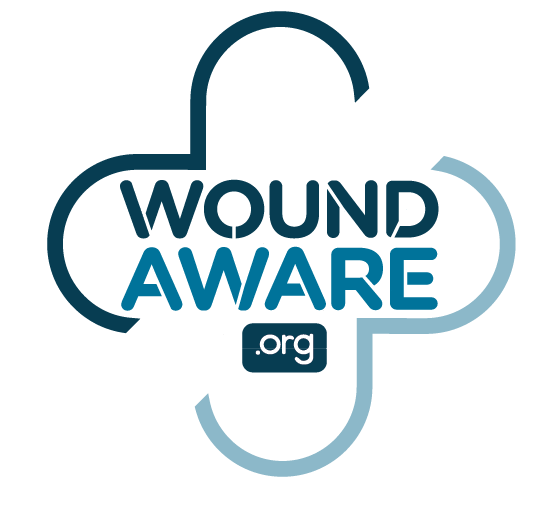Factsheet 5: Wound self-care
In the last factsheet, we looked at some of the possible consequences of leaving a wound untreated. While it's true that many wounds need specialised medical care, there are things you can do to help care for your wound, and to prevent future wounds from occurring.
When the wound happens
Your first priority is to stop bleeding and clean the wound as much as you can:
- Wash your hands under running water for 20 seconds, making sure you wash between your fingers, the backs of your hands and under your nails. Pat them dry with a clean cloth.
- Press a clean paper towel against the wound for several minutes to stem any bleeding.
- When the bleeding stops, rinse the wound with lots of clean water – if you would drink it, it's clean enough. Alternatively, boil a kettle and leave the water to cool fully.
- Gently remove dirt with a clean, damp cloth
- Do not use peroxide, iodine, alcohol or soap to clean or treat the wound.
If it starts bleeding again, press a clean cloth against the wound for 10 minutes. If bleeding doesn't stop in a reasonable time, contact a healthcare professional or visit your nearest hospital Emergency Department.
Dressing the wound
Covering the wound with an appropriate dressing will help it heal. An appropriate dressing is one that keeps a wound warm and moist; leaving it uncovered risks changes to temperature and moisture levels that will impede healing. If you are elderly or have fragile skin, use a bandage to hold a dressing in place instead of applying tape directly to the skin. Read more about good skin care in factsheet 8.
When you're changing a dressing, it's important to keep the wound clean and to minimise the risk of introducing germs. Here are some simple tips to follow:
- Make sure your surroundings are clean and clear. A wipeable surface is best; failing that, cover a fabric surface with a clean cloth.
- Remove any pets from the general area
- Keep your wound care products in a clean and sealed container, preferably in their original sealed packaging. If they have been opened, store them in a ziplock/sealable bag.
- Keep any equipment used to change your dressing, such as scissors, gloves and tape, in a clean and sealed container. Don't use this equipment for other purposes.
- Wash your hands with soap and water before and after changing the dressing.
- Wear disposable gloves and change them if they become dirty.
- Change the dressing if it gets wet, loose or dirty.
- Keep the wound bandaged until it is completely healed.
- Avoid tape or adhesives on fragile skin. Instead, use gauze or elastic bandages to keep dressings in place.
- Always follow your healthcare provider's instructions on the use of dressings.
These general tips will help you care for your wound, but please seek advice from a healthcare professional if a wound becomes chronic – that is, if it fails to heal within 30 days, recurs or shows signs of infection.
In the next factsheet, we'll look at the range of healthcare professionals who work with wounds, and where you can find them.
Disclaimer
This factsheet was produced by Wounds Australia in consultation with qualified clinicians. It is intended to support, not replace, the relationship between you and your healthcare professionals. Please seek proper medical attention as required.
Wounds Australia factsheets are reviewed by panels of healthcare professionals and consumers.
Next review date: December 2025.
